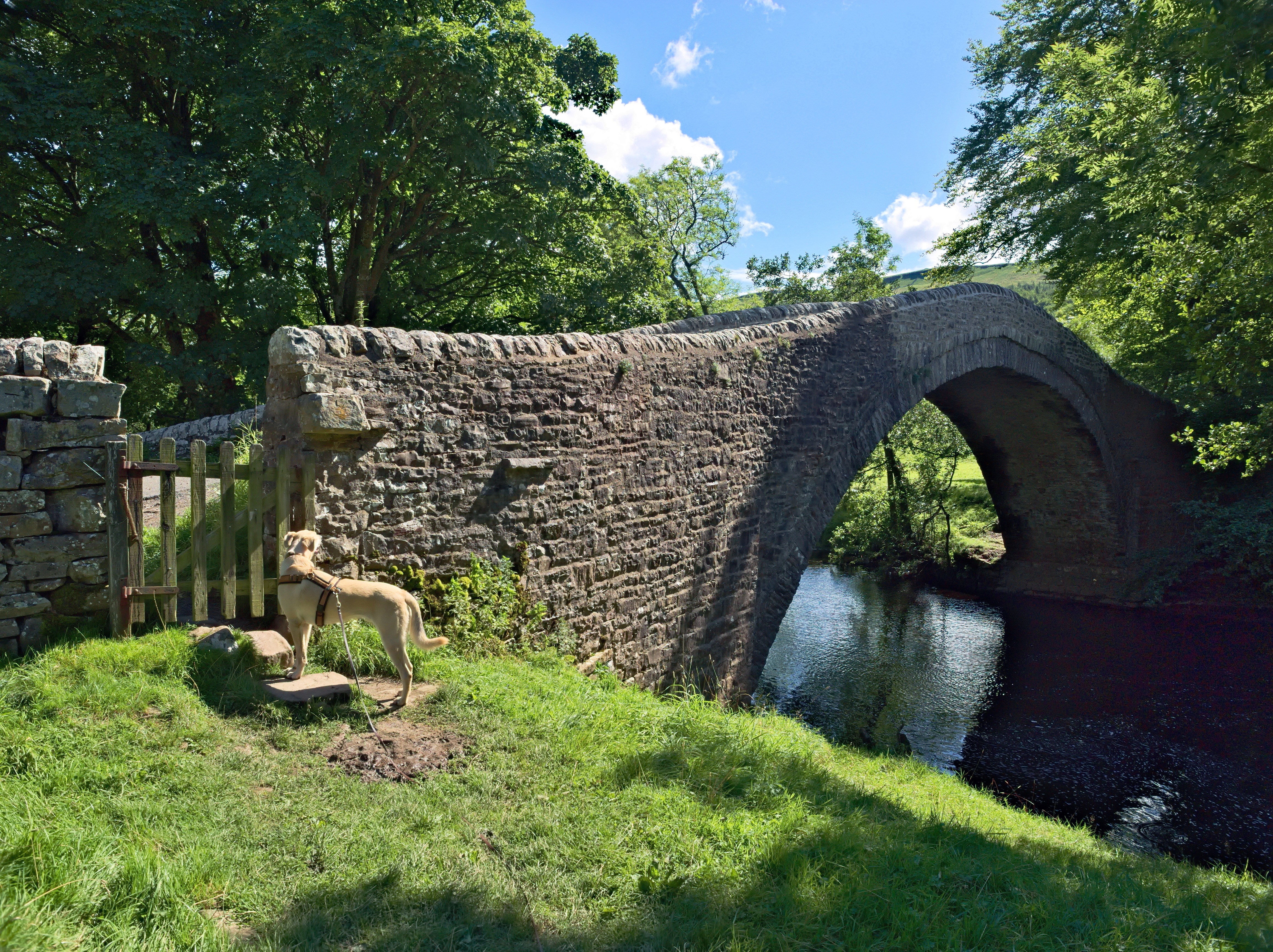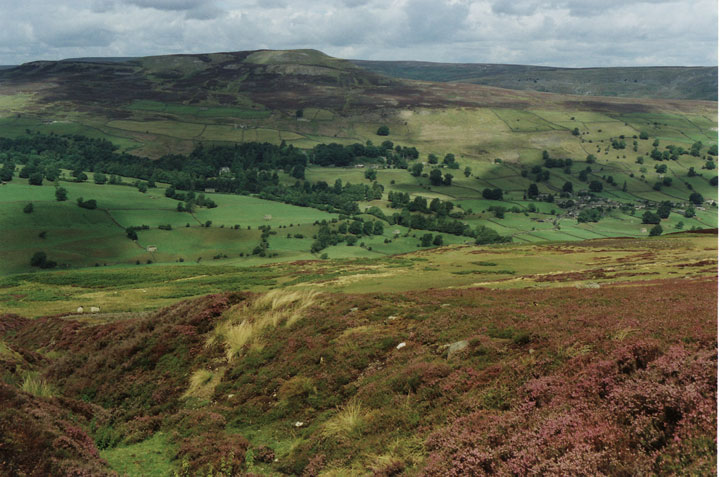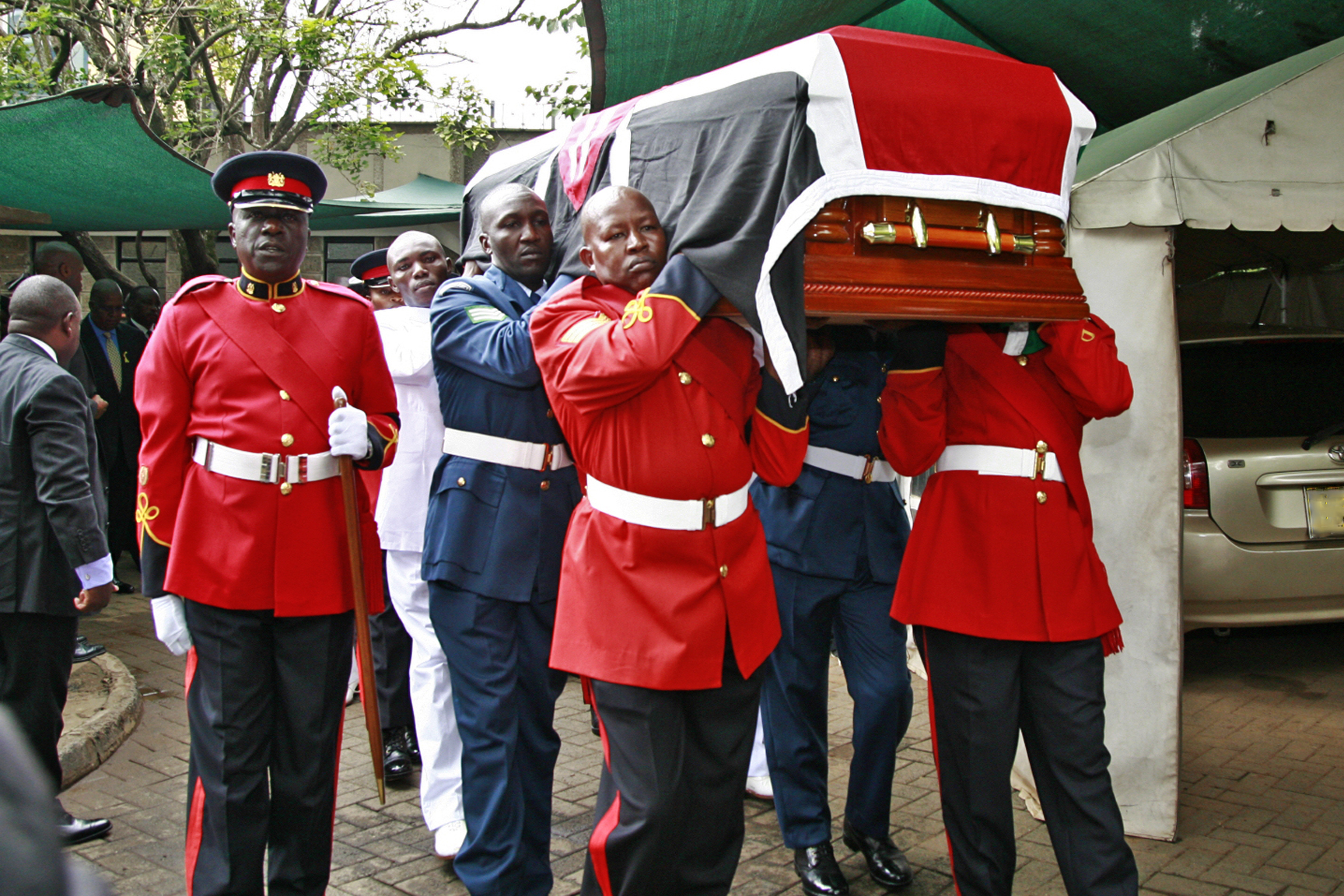|
Ivelet
Ivelet is a hamlet in the Yorkshire Dales, North Yorkshire, England about a mile west of Gunnerside in Swaledale. Ivelet Bridge crosses the River Swale near Ivelet. Dating from the late 16th century, the bridge has been designated a Grade II* listed structure. A coffin stone is set into the verge on the north side of the bridge for pall bearers to rest with a coffin on their way from Muker to the church at Grinton. The coffin stone is itself a Grade II listed, Grade II structure. The bridge is featured in the British television series ''All Creatures Great and Small (1978 TV series), All Creatures Great and Small'', in the episode "Call of the Wild". References External links Villages in North Yorkshire Swaledale {{Richmondshire-geo-stub ... [...More Info...] [...Related Items...] OR: [Wikipedia] [Google] [Baidu] |
River Swale
The River Swale in Yorkshire, England, is a major tributary of the River Ure, which becomes the River Ouse, that empties into the North Sea via the Humber Estuary. The river gives its name to Swaledale, the valley through which it flows. The river and its valley are home to many types of flora and fauna typical to the Yorkshire Dales. Like similar rivers in the region, the river carves through several types of rock and has features typical of both river and glacial erosion. The River Swale has been a contributory factor in the settlements that have been recorded throughout its history. It has provided water to aid in the raising of crops and livestock, but also in the various mining activities that have occurred since Roman times and before. The river is said to be the fastest flowing in England and its levels have been known to rise in 20 minutes. Annual rainfall figures average 1800 mm p.a. in the headwaters and 1300 mm p.a. in the lower waters over a drop of 14 ... [...More Info...] [...Related Items...] OR: [Wikipedia] [Google] [Baidu] |
North Yorkshire (district)
North Yorkshire is a unitary authority area in the ceremonial county of North Yorkshire, Yorkshire and the Humber, England. It covers seven former districts: Craven, Hambleton, Harrogate, Scarborough, Richmondshire, Ryedale and Selby. The district has an area of , and, with the City of York and the boroughs of Middlesbrough, Redcar and Cleveland and Stockton-on-Tees (south of the River Tees), forms the ceremonial county of North Yorkshire. It is governed by North Yorkshire Council. History The district was created on 1 April 2023, following the merger of the above boroughs and districts as part of the 2019–2023 structural changes to local government in England. Geography The district has multiple hamlets and villages. Larger towns and settlements include Harrogate, Scarborough, Northallerton, Selby, Skipton, Richmond, Malton, Thirsk, Stokesley, Great Ayton, Norton-on-Derwent, Catterick Garrison, Pickering, Helmsley and Knaresborough while Ripon is the only city in t ... [...More Info...] [...Related Items...] OR: [Wikipedia] [Google] [Baidu] |
North Yorkshire
North Yorkshire is the largest ceremonial counties of England, ceremonial county (lieutenancy area) in England, covering an area of . Around 40% of the county is covered by National parks of the United Kingdom, national parks, including most of the Yorkshire Dales and the North York Moors. It is one of four counties in England to hold the name Yorkshire; the three other counties are the East Riding of Yorkshire, South Yorkshire and West Yorkshire. North Yorkshire may also refer to a non-metropolitan county, which covers most of the ceremonial county's area () and population (a mid-2016 estimate by the Office for National Statistics, ONS of 602,300), and is administered by North Yorkshire County Council. The non-metropolitan county does not include four areas of the ceremonial county: the City of York, Middlesbrough, Redcar and Cleveland and the southern part of the Borough of Stockton-on-Tees, which are all administered by Unitary authorities of England, unitary authorities. ... [...More Info...] [...Related Items...] OR: [Wikipedia] [Google] [Baidu] |
Richmond (Yorks) (UK Parliament Constituency)
Richmond (Yorks) is a constituency in North Yorkshire represented in the House of Commons of the UK Parliament since May 2015 by Rishi Sunak, the current Prime Minister of the United Kingdom and leader of the Conservative Party. Constituency profile The constituency presents itself as a safe seat for the Conservative Party, which held it continuously since 1910 (if including the 11 years by the allied Unionist Party from 1918), and in the 2010 general election, Richmond produced the largest numerical and percentage majority for a Conservative, 62.8% of the vote. The Conservative MP and one-time Party leader William Hague held the seat from a by-election in 1989 until he retired from the Commons in 2015. He had held the posts of Leader of the Opposition (1997–2001), Foreign Secretary (2010–2014) and Leader of the House of Commons (2014–2015). His successor Rishi Sunak served as Chancellor of the Exchequer from February 2020 to July 2022 and as Prime Minister from Oc ... [...More Info...] [...Related Items...] OR: [Wikipedia] [Google] [Baidu] |
Yorkshire Dales
The Yorkshire Dales is an upland area of the Pennines in the Historic counties of England, historic county of Yorkshire, England, most of it in the Yorkshire Dales National Park created in 1954. The Dales comprise river valleys and the hills rising from the Vale of York westwards to the hilltops of the Pennine Drainage divide, watershed. In Ribblesdale, Dentdale and Garsdale, the area extends westwards across the watershed, but most of the valleys drain eastwards to the Vale of York, into the River Ouse, Yorkshire, Ouse and the Humber. The extensive limestone cave systems are a major area for caving in the UK and numerous walking trails run through the hills and dales. Etymology The word ''Dale (landform), dale'', like ''dell'', is derived from the Old English word ''dæl''. It has cognates in the North Germanic languages, Nordic/Germanic languages, Germanic words for valley (''dal'', ''tal''), and occurs in valley names across Yorkshire and Northern England. Usage here may have ... [...More Info...] [...Related Items...] OR: [Wikipedia] [Google] [Baidu] |
Gunnerside
Gunnerside is a village in the Richmondshire district of North Yorkshire, England. It is situated on the B6270 road, east of Muker and west of Grinton. The village lies between the River Swale and its tributary, Gunnerside Beck, in the Swaledale part of the Yorkshire Dales National Park. History The name of the village derives from an Old Norse personal name ''Gunnar'' and ''sætr'' meaning hill or pasture. Gunnerside Ghyll (or Gunnerside Gill), a smaller valley running northwards, at right angles to the Swale valley (Swaledale), was the site of a major lead mining industry in Swaledale until the late nineteenth century. The beck that runs through the narrow valley, also called Gunnerside Gill, or Gunnerside Beck, rises between Rogan's Seat and Water Crag, and runs for emptying into the River Swale at the site of Gunnerside New Bridge. The bridge carries the B6270 over the River Swale south of the village; it was rebuilt several times during the 19th century due to floodi ... [...More Info...] [...Related Items...] OR: [Wikipedia] [Google] [Baidu] |
Swaledale
Swaledale is one of the northernmost dales (valleys) in Yorkshire Dales National Park, located in northern England. It is the dale of the River Swale on the east side of the Pennines in North Yorkshire. Geographical overview Swaledale runs broadly from west to east, from the high moors on the Cumbria–Yorkshire boundary at the watershed of Northern England to the market town of Richmond, where the dale meets the lowlands. Nine Standards Rigg, the prominent ridge with nine ancient tall cairns, rises on the watershed at the head of Swaledale. To the south and east of the ridge a number of smaller dales (Birkdale, Little Sleddale, Great Sleddale and Whitsundale) join to form the narrow valley of upper Swaledale at the small village of Keld. From there, the valley runs briefly south then turns east at Thwaite to broaden progressively as it passes Muker, Gunnerside, Low Row, Healaugh and Reeth. The Pennine valley ends at Richmond, where an important medieval castle sti ... [...More Info...] [...Related Items...] OR: [Wikipedia] [Google] [Baidu] |
Grade II* Listed
In the United Kingdom, a listed building or listed structure is one that has been placed on one of the four statutory lists maintained by Historic England in England, Historic Environment Scotland in Scotland, in Wales, and the Northern Ireland Environment Agency in Northern Ireland. The term has also been used in the Republic of Ireland, where buildings are protected under the Planning and Development Act 2000. The statutory term in Ireland is "Record of Protected Structures, protected structure". A listed building may not be demolished, extended, or altered without special permission from the local planning authority, which typically consults the relevant central government agency, particularly for significant alterations to the more notable listed buildings. In England and Wales, a national amenity society must be notified of any work to a listed building which involves any element of demolition. Exemption from secular listed building control is provided for some buildin ... [...More Info...] [...Related Items...] OR: [Wikipedia] [Google] [Baidu] |
Pall Bearer
A pallbearer is one of several participants who help carry the casket at a funeral. They may wear white gloves in order to prevent damaging the casket and to show respect to the deceased person. Some traditions distinguish between the roles of pallbearers and casket bearer. The former is a ceremonial position, carrying a tip of the pall or a cord attached to it. The latter do the actual heavy lifting and carrying. There may otherwise be pallbearers only in the symbolic sense if the casket is on an animal or vehicle. In Western cultures, the pallbearers are usually male family members, close friends, or colleagues of the deceased. A notable exception was the funeral of Lee Harvey Oswald, in which reporters, pressed into service to carry the coffin, outnumbered the mourners. In some African cultures, pallbearers are not family members but are staffs of professional funeral agencies who are paid for their services. The first duty of a pallbearer is to appear at least thirty min ... [...More Info...] [...Related Items...] OR: [Wikipedia] [Google] [Baidu] |
Coffin
A coffin is a funerary box used for viewing or keeping a corpse, either for burial or cremation. Sometimes referred to as a casket, any box in which the dead are buried is a coffin, and while a casket was originally regarded as a box for jewelry, use of the word "casket" in this sense began as a euphemism introduced by the undertaker's trade. A distinction is commonly drawn between "coffins" and "caskets", using "coffin" to refer to a tapered hexagonal or octagonal (also considered to be anthropoidal in shape) box and "casket" to refer to a rectangular box, often with a split lid used for viewing the deceased as seen in the picture. Receptacles for cremated and cremulated human ashes (sometimes called cremains) are called urns. Etymology First attested in English in 1380, the word ''coffin'' derives from the Old French , from Latin , which means ''basket'', which is the latinisation of the Greek κόφινος (''kophinos''), ''basket''. The earliest attested form of the word ... [...More Info...] [...Related Items...] OR: [Wikipedia] [Google] [Baidu] |
Muker
Muker is a village and civil parish at the western end of Swaledale in North Yorkshire, England, within the district of Richmondshire. The parish includes the hamlets and villages of Angram, Keld, Thwaite, West Stonesdale and Birkdale, as well as the Tan Hill Inn, the highest in England. At the 2001 census the civil parish had a population of 309, reducing to 249 at the 2011 census. In 2015, North Yorkshire County Council estimated the population to be 260. History The earliest recorded evidence for occupation in and around Muker takes the form of a skeleton found, with flints, on Muker Common in the early 20th century. Details suggest a burial of Bronze Age date. The name of Muker is of Norse origin, derived from the Old Norse ''mjór akr'' meaning "the narrow newly cultivated field". The location at the meeting of the River Swale and the Straw Beck with plenty of good meadow land around is most likely why the Norse chose to settle here, giving them the opportunity to ... [...More Info...] [...Related Items...] OR: [Wikipedia] [Google] [Baidu] |







